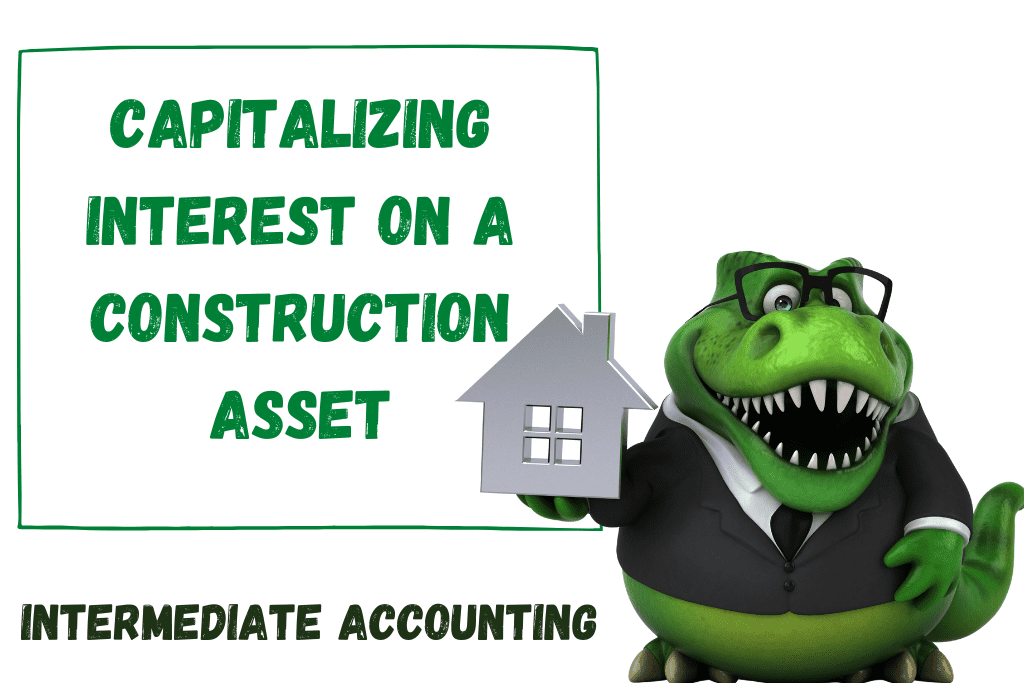Capitalization of interest is the process of adding the cost of interest on debt incurred during the construction of an asset to the cost of the asset. This is done because the interest is incurred as a result of the construction of the asset, and it is therefore considered to be part of the cost of the asset.
Capitalization of interest is required by the accrual basis of accounting. Under the accrual basis of accounting, expenses are recognized when they are incurred, even if they are not paid until a later date. Interest is an expense that is incurred over time, so it is capitalized over time as well.
The amount of interest that is capitalized is determined by the following formula:
Interest capitalized = Interest incurred x Average amount of borrowed funds
The average amount of borrowed funds is calculated by taking the total amount of debt incurred during the construction period and dividing it by the number of months in the construction period.
Interest incurred is the actual interest that is paid on the debt. This amount is usually found on the loan statement.
Example:
A company borrows $1 million to build an office building. The loan has an interest rate of 10%. The company incurs $100,000 of interest during the construction period. The average amount of borrowed funds is $500,000 ($1 million / 2). Therefore, the company capitalizes $50,000 of interest ($100,000 x $500,000).
The capitalized interest is added to the cost of the asset. This increases the basis of the asset, which means that the asset is depreciated over a longer period of time.
Capitalization of interest is a complex topic, but it is an important part of accounting for construction projects. By understanding how capitalization of interest works, you can ensure that your company complies with the accounting standards and produces accurate financial statements.

